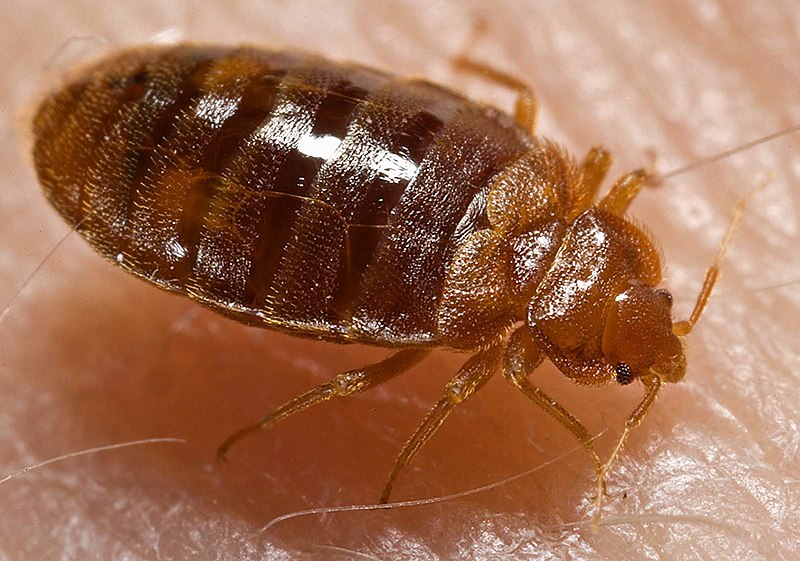Faili:Bed bug, Cimex lectularius.jpg

Ukubwa wa hakikisho: piseli 800 × 561. Ukubwa zingine: piseli 320 × 224 | piseli 640 × 449 | piseli 1,024 × 718 | piseli 1,280 × 898 | piseli 1,600 × 1,122.
Faili halisi (piseli 1,600 × 1,122, saizi ya faili: 161 KB, aina ya MIME: image/jpeg)
Historia ya faili
Bonyeza tarehe/saa kuona faili kama ilivyoonekana wakati huo.
| Tarehe/Saa | Picha ndogo | Vipimo | Mtumiaji | Maelezo | |
|---|---|---|---|---|---|
| sasa hivi | 14:11, 17 Mei 2007 |  | 1,600 × 1,122 (161 KB) | Patho | == Summary == {{Information |Description=ID#: 9822 Description: This 2006 photograph depicted an oblique-dorsal view of a '''bed bug nymph, Cimex lectularius''', as it was in the process of ingesting a blood meal from the arm of a “voluntary” human h |
Matumizi ya faili
Ukurasa huu umeunganishwa na faili hili:
Matumizi ya faili ulimwenguni
Wiki nyingine hutumia faili hizi:
- Matumizi kwa af.wikipedia.org
- Matumizi kwa an.wikipedia.org
- Matumizi kwa ar.wikipedia.org
- Matumizi kwa arz.wikipedia.org
- Matumizi kwa ast.wikipedia.org
- Matumizi kwa azb.wikipedia.org
- Matumizi kwa be.wikipedia.org
- Matumizi kwa bg.wikipedia.org
- Matumizi kwa bjn.wikipedia.org
- Matumizi kwa bn.wikipedia.org
- Matumizi kwa bs.wikipedia.org
- Matumizi kwa ca.wikipedia.org
- Matumizi kwa ca.wiktionary.org
- Matumizi kwa ceb.wikipedia.org
- Matumizi kwa cs.wikipedia.org
- Matumizi kwa cv.wikipedia.org
- Matumizi kwa dag.wikipedia.org
- Matumizi kwa de.wikibooks.org
- Matumizi kwa din.wikipedia.org
- Matumizi kwa el.wikipedia.org
- Matumizi kwa eml.wikipedia.org
- Matumizi kwa en.wikipedia.org
- Matumizi kwa en.wikinews.org
- Matumizi kwa en.wiktionary.org
Tazama matumizi zaidi ya kimataifa ya faili hii.
